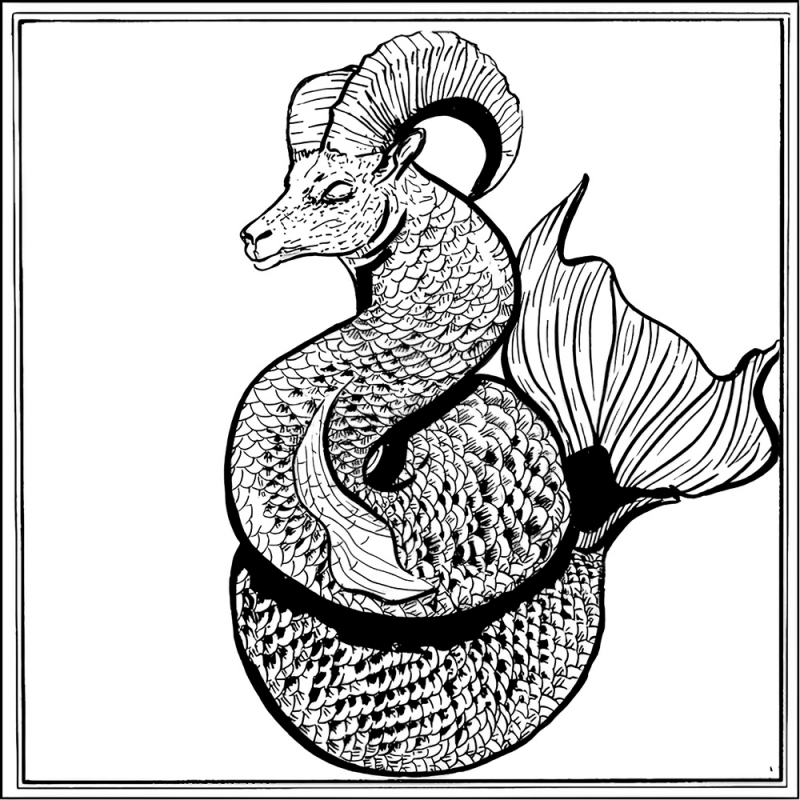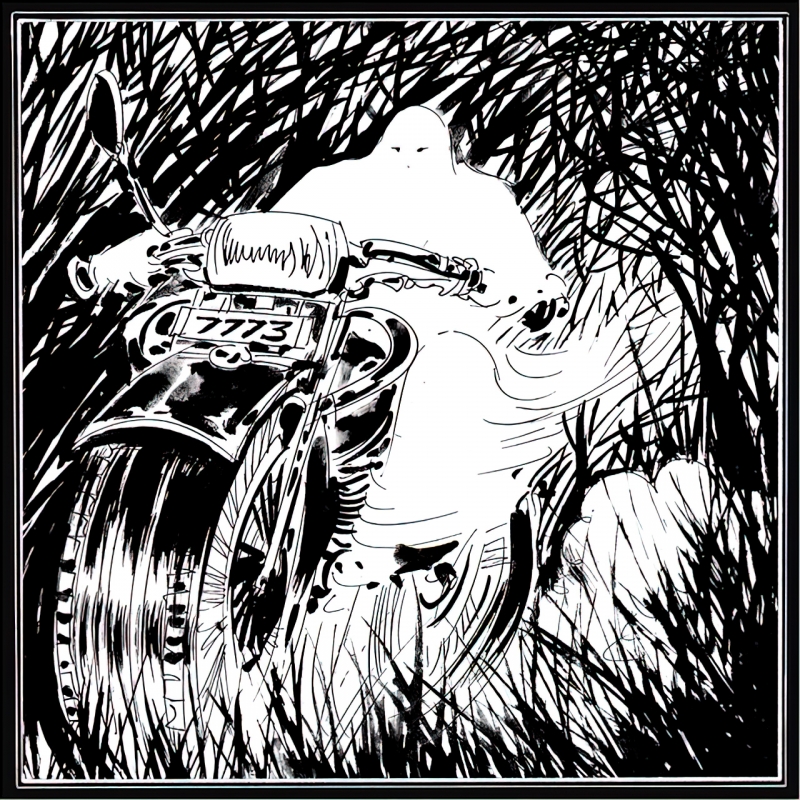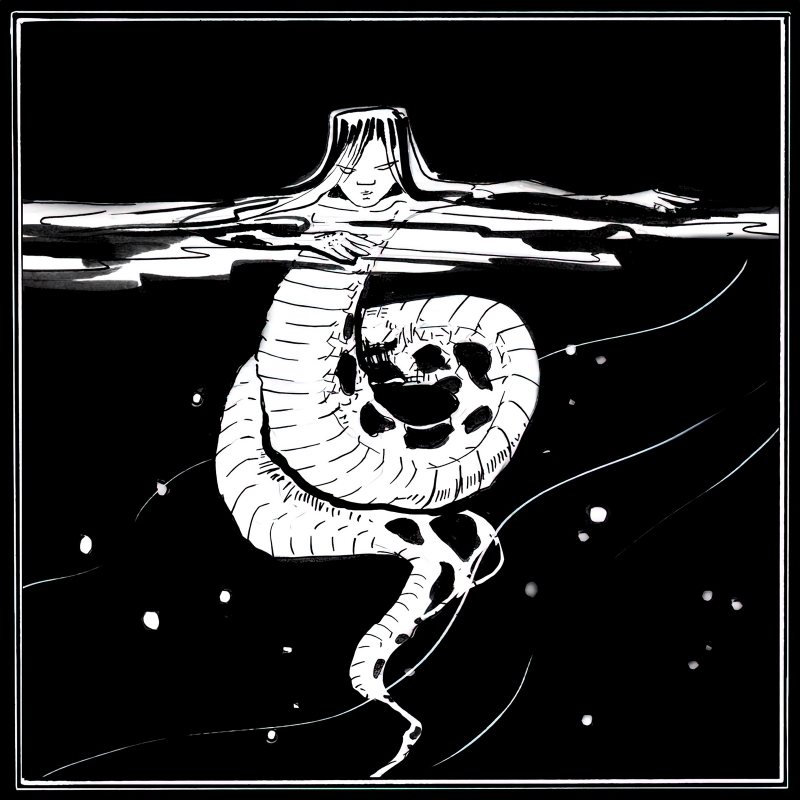Знаешь, Странник, у неудачников тоже есть свой ангел-хранитель. Только у него крылья из жопы растут.
Bestiary.us
энциклопедия вымышленных существБыстрый переход
- Средневековые бестиарии Бестиарии практически составляли особый жанр в средневековой литературе, совмещавший в себе черты естественнонаучного сочинения, теологического трактата и художественных произведений, и рассказывающий нам о представлениях средневековой Европы о животных и чудовищных племенах.
- Средиземье Средизе́мье (англ. Middle-earth, буквально Среди́нная земля́, также существуют варианты перевода Среднеземье, Средьземелье) — одна из первых и самых известных фэнтези-вселенных. Оно является местом действия основных произведений Дж.Р.Р.Толкина, а также «вольных продолжений» других авторов.
- Сверхъестественное Бестиарий сериала "Сверхъестественное" ("Supernatural" series)



